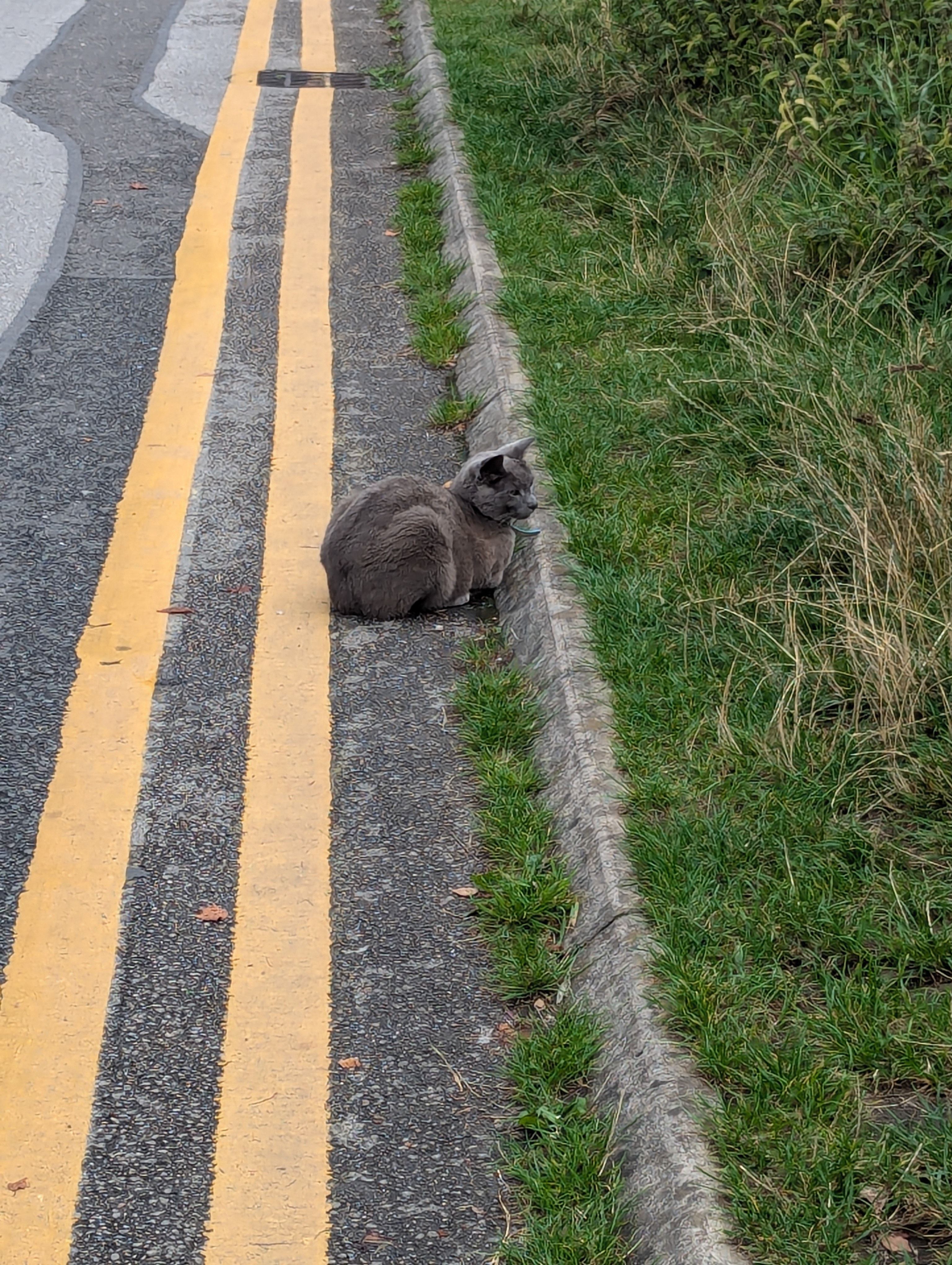C1a
Cards (41)
- What is the smallest part of an element that can exist?
- What is the approximate radius of an atom?
- What does an element contain?
- How many different elements are there approximately?
- What is a compound?
- How can compounds be separated into elements?
- What are the methods to separate mixtures?
- What does filtration separate?
- What is an example of filtration?
- What is an example of crystallisation?
- What is the purpose of simple distillation?
- What is an example of simple distillation?
- What does fractional distillation separate?
- What is an example of fractional distillation?
- What does chromatography separate?
- What is an example of chromatography?
- What is a mixture?
- How can mixtures be separated?
- What were the historical models of the atom?
- What did John Dalton propose about atoms?
- What did JJ Thompson discover about atoms?
- What did Rutherford's experiment show?
- What did Niels Bohr propose about electrons?
- What did Rutherford's scattering experiment involve?
- What happened to most alpha particles in Rutherford's experiment?
- What happened to a few alpha particles in Rutherford's experiment?
- Who provided evidence for neutrons?
- What do chemical equations show?
- What does the law of conservation of mass state?
- What do word equations use to show reactions?
- What is an example of a word equation?
- What do symbol equations show?
- What is an example of a symbol equation?
- What is the mass number?
- What is the atomic number?
- What does the nucleus contain?
- What do electron shells contain?
- What are isotopes?
- How is relative atomic mass calculated?
- What is the relative atomic mass of chlorine?
